How many years has it been since you got your beloved guitar? A well-used guitar can look cool, but a dirty one is not acceptable.
So, let me share my tips on how to keep your guitar shiny even after 10 years of use.
The photo of my guitar leaning against a bench under the cherry blossoms was taken this year during cherry blossom viewing. Despite some scratches, it's still in great condition.
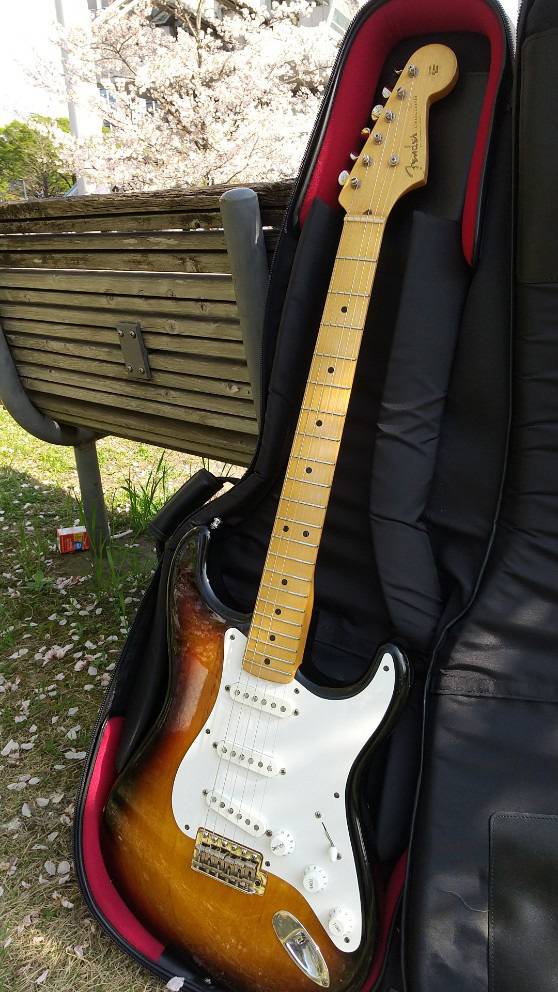
Please note that each task should be performed by individuals at their own risk.
Let get stated!
① Care for the Neck of the Guitar
Cleaner and Polish
It's obvious, but playing the guitar will inevitably make it dirty. Regularly cleaning it with a cleaner and polishing it not only improves its appearance but also affects the sound.
Some cleaners contain abrasives that can wear down delicate finishes. However, they can also help remove minor scratches, so when used carefully, they can be quite useful.
Apply a small amount of polish so that the cloth is slightly damp, and gently dab it onto the body. Once the liquid dries, buff it with a different cloth, and light dirt will become shiny.
The following products are highly compatible with premium models and come highly recommended.
Freedom Custom Guitar / GLOSSING POLISH (Formerly f54 Shiner)
Freedom Custom Guitar / WAX POLISH
Cleaning Cloths
You’ll need at least two clothes: one for removing dirt and another for polishing. For polishing, I recommend the Freedom cloth, available at Sound House. There’s also chamois leather in this category, which is effective for removing grease and other types of dirt. (For example, chamois is perfect for cleaning smartphone screens.) During summer, when you’re in a T-shirt, it’s also useful for cleaning areas where your picking arm comes into contact with the body of the guitar.
Additionally, the Morris cloth is a highly popular product known for its cost performance. I believe it's best used for removing dirt when combined with cleaners.
Freedom Custom Guitar / SP-P-10 Polish Cloth
Lemon Oil
Guitars with rosewood fretboards, among others, are not finished with paint, making them susceptible to drying out. When the color of the fretboard changes and it starts to dry, it's important to regularly apply lemon oil and then wipe it off with a cloth. There's no need to be overly anxious, but it's the fate of an uncoated, exposed fretboard.
Freedom Custom Guitar / SP-P-11 Lemon Oil
Capo
When it comes to guitar maintenance, one of the most delicate issues is the "warping of the neck." A capo is useful for checking the neck's relief and back-bow.
Usage Instructions
Place the capo near the 1st fret and press down on the last fret. Then, tap around the 9th fret. If you don’t hear any sound, it indicates back-bow. If you do hear sound, that’s good, but if there’s an excessive gap between the strings and the frets, it indicates forward bow. (See photo for reference.)
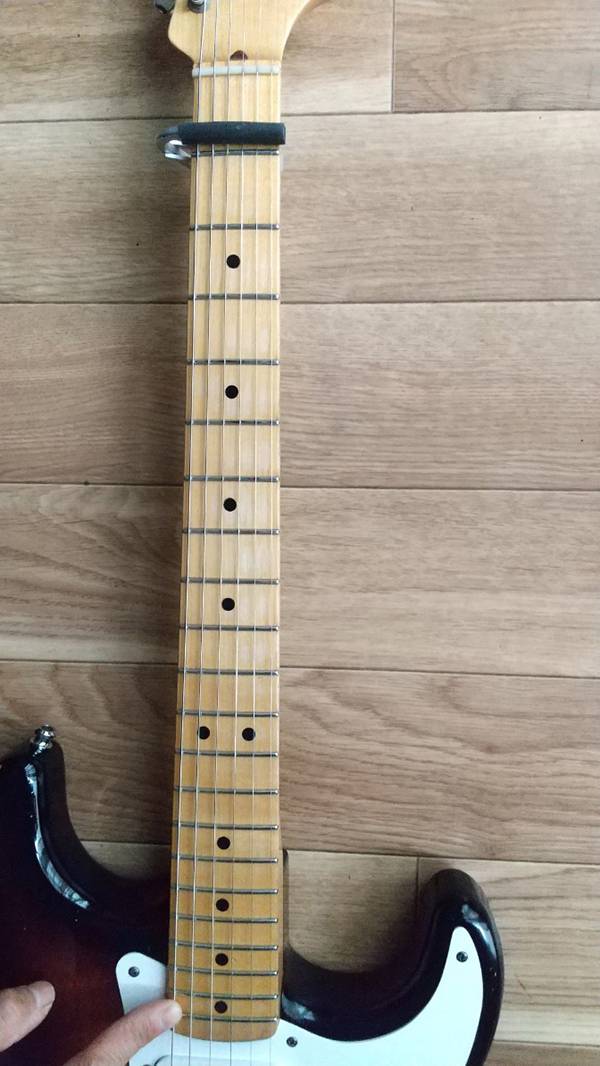
Note: Place the capo near the 1st fret and press down on the last fret. Check the condition by pressing down around the 9th fret.
By using a capo in this way, you can quickly assess the condition of the neck. It's a good idea to check it regularly. If possible, I recommend using a capo that can be securely fastened, as this will help prevent damage to the neck while keeping it in place.
This method is easy and is recommended for beginners as well.
Dust Removal
Dust tends to accumulate around the pickups and the bridge. Using a soft-bristled brush is a good idea for this. A dusty guitar is quite unsightly. At a repair shop I frequent, when I bring in a dusty guitar, they vacuum it out with a loud "vroom"
In just a few seconds, you can make your guitar look great, so I definitely recommend making this a habit. While you can buy brushes and dusters at home improvement stores, how about considering the following instrument-specific options to boost your motivation? They are made from materials carefully selected for instruments, and their design and usability are tailored for that purpose. Plus, they can also help with string care, giving you two benefits in one.
Although this product isn't designed to hang on the wall, I use the cover it came with to hang it up. This cover is relatively sturdy, and I’ve been using it this way for over a year. Thanks to that, the areas around the pickups and bridge are shiny. (See photo for reference.)
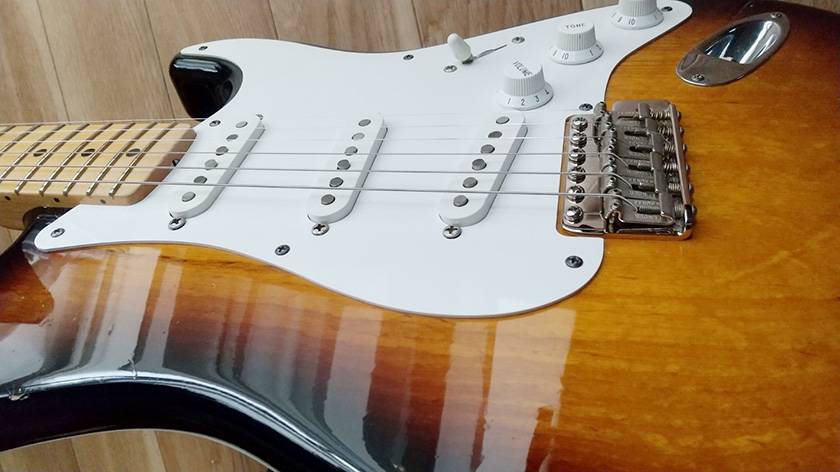
Note: This is my main guitar—my beloved lacquer-finished instrument in its 11th year with me. I’m not bragging, but it’s shiny!
The following products from Sound House come with an additional cleaning tool.
② Necessary Tools
Screwdrivers
Guitars, especially Stratocasters, have many screws. Over time, they can become loose or need parts replaced, so having at least a basic set of tools is essential, even if you're not a repair technician. It's best to have several sizes of screwdrivers on hand.
Box Wrench
A box wrench is necessary when the jack becomes loose or when control screws need tightening. If you continue to use it while it's loose, there's a risk that parts could come off and break. Tightening isn’t very difficult, so I recommend having one on hand. It's best to regularly check and tighten any loose fittings.
Saddle Wrench
The set screws on the saddle of tremolo units, like those on Stratocasters, can loosen, causing the action to drop and making the guitar unplayable. It's important to regularly check if the saddle is tilted or sagging. A wrench is needed for adjustments, and you can get one for around 100 yen, so it's a good idea to have one. Since it's a small tool, I recommend storing it in a box or a small plastic bag (I keep mine in an old lithium battery case from audio equipment). Also, be sure to choose the right size for your guitar, as there are both inch and metric options available.
Montreux / Hex Wrench 1/20" [8405] (Inch)
Montreux / Hex Wrench 1.5mm [8398] (Metric)
③ Humidity Control Unique to Japan
Humidity Control Agents
Japan's high temperatures and humidity can be tough on instruments. Using a humidity control agent has proven to have a deodorizing effect in hard cases. They are inexpensive, so it's worth trying them out. While they may not completely prevent neck warping, they are certainly better than having nothing. This is especially important because moisture can enter through areas where the finish on a well-used neck has worn away.
④ Maintenance Around the Strings
Although it’s not about the body itself, let's also touch on string maintenance.
String Cutter
Guitar strings are made of very hard material, and using regular wire cutters can damage the blades. Therefore, a specialized tool is necessary. They aren’t very expensive and are an item that can be used indefinitely.
Pickboy / SC-150 String Cutter for Steel Strings
String Lubricant
Strings get dirty from sweat and oils while playing. If left uncleaned, they will deteriorate quickly. Additionally, rusty strings can wear down the frets, leading to costly repairs. After playing, at the very least, use a cloth or a brush with the "special fibers" mentioned in the "Dust Removal" section to apply some liquid lubricant and gently slide it along the strings. This will help ensure a more comfortable playing experience the next time you pick up your guitar.
This 'Stringlife' is reputed to have a long-lasting effect.
DR / Stringlife Liquid Polymer
String Winder
A string winder is used for quickly winding strings. While some people may not find it necessary, winding strings quickly can help ensure they overlap neatly on the pegs, which contributes to tuning stability. It's better to use a winder of decent quality, as higher-quality ones provide a smoother winding experience. When using it, make sure to align the pegs as parallel as possible to maximize spacing (see photo), and avoid bringing the winder too close to the headstock. If you get it too close, it can leave marks on the headstock, so be careful. This product has a grip that is easy to hold.
Jim Dunlop / Dunlop Deluxe Guitar String Winder
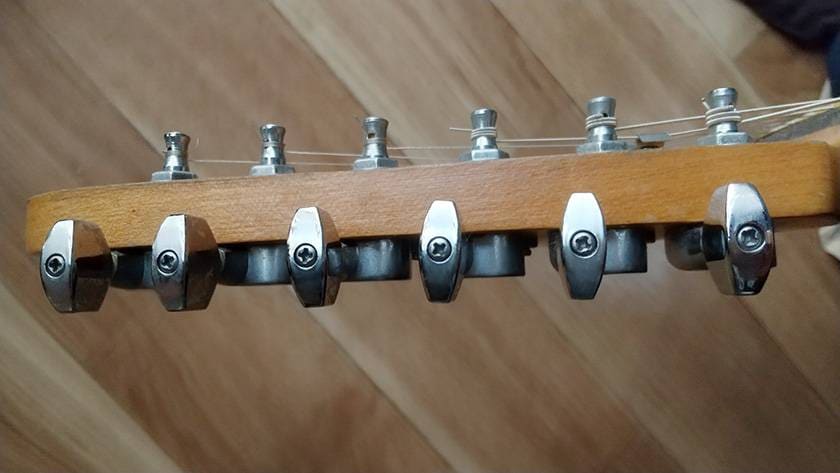
Note: When winding the strings, aligning the pegs parallel as shown in the photo will improve efficiency.
Empty 2L Plastic Bottle
Leaving cut strings lying around can be dangerous, as they can pose a risk of injury. Since they are considered non-burnable waste, special care is needed when disposing of them. Using a plastic bottle for recycling allows for easy and safe disposal. At a pace of changing strings once a month, a 2L bottle can hold enough for a year. It's cost-effective and highly recommended.
⑤ Image
The guitar itself, photos of the guitar, figurines, and posters
Casually looking at the overall setup can help you determine where maintenance is needed. Additionally, by viewing various guitars online, you might discover unexpected tips and inspiration.
Many people who are skilled at playing guitar are also those who love the instrument.
While admiring it, you might think, 'Should I change that part?' or 'Since the guitar is getting dirty, maybe I should apply some wax?
I keep guitar figurines in my guitar case, and sometimes I chat with friends about them while at a café.
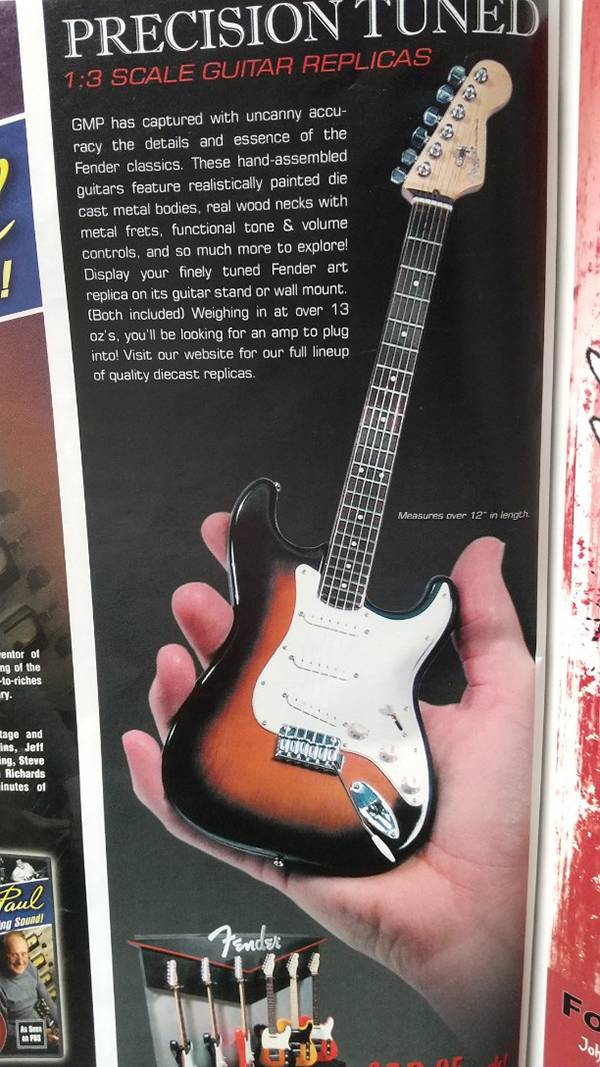
Note: The ultimate guitar figurine. From an American magazine advertisement. A friend of mine keeps it on his desk, and while he’s taking a break with a cup of coffee, he finds maintenance tips just by admiring it.
Additionally, having this model makes conversations smoother when talking to people who aren’t familiar with electric guitars. The photo is from about 10 years ago, when I got it at a bookstore, but in America, even more realistic figurines are available. (See photo for reference.)
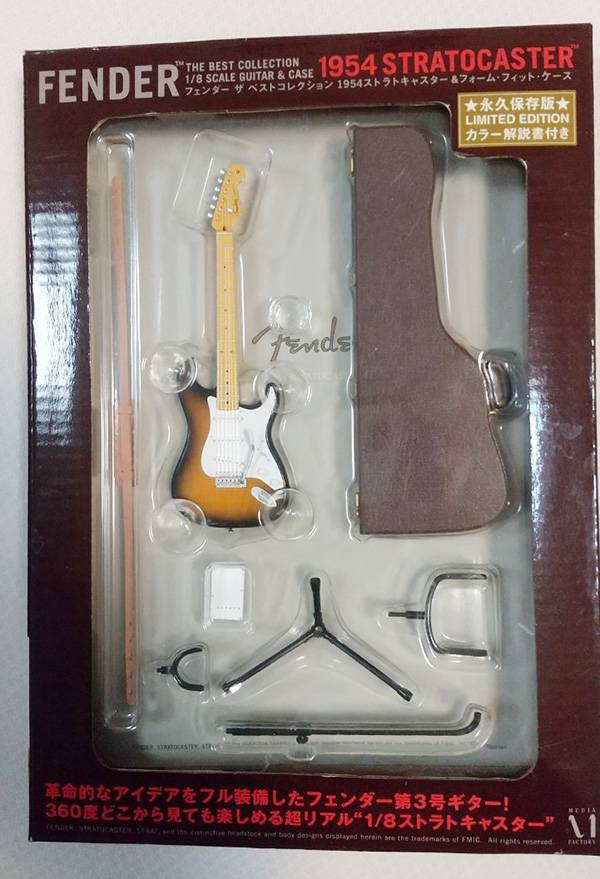
Note: A complete set of guitar figurines purchased at a bookstore. The guitar case is faithfully recreated and can be opened! Official merchandise from the Fender Custom Shop. I often take just the guitar out to carry with me.
It's also important to look at the guitar objectively to maintain its condition.
In Conclusion
Daily maintenance can be done in just 5 to 10 minutes.
A clean guitar is well-received by bandmates, repair shops, and even those who aren’t familiar with guitars. At least, that’s been my experience.
The “sound & person” column is made up of contributions from you.
For details about contributing, click here.





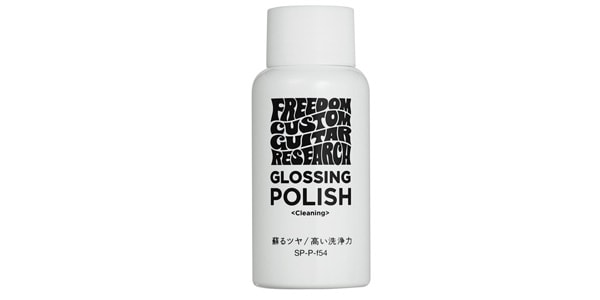
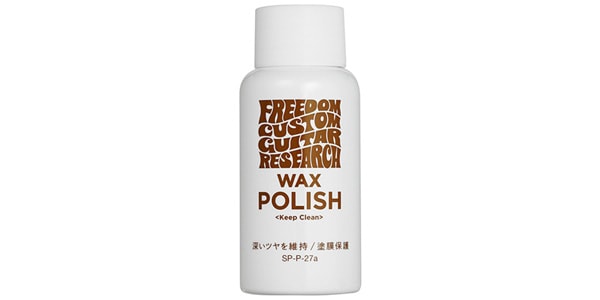
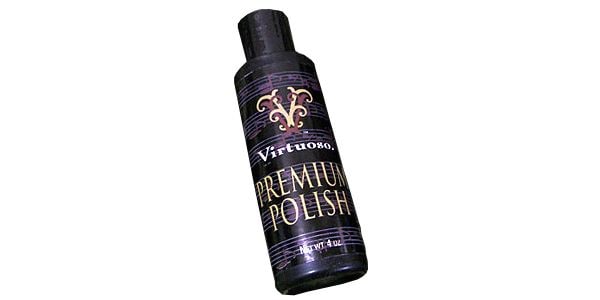
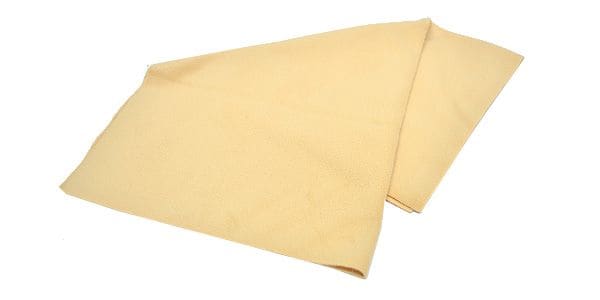
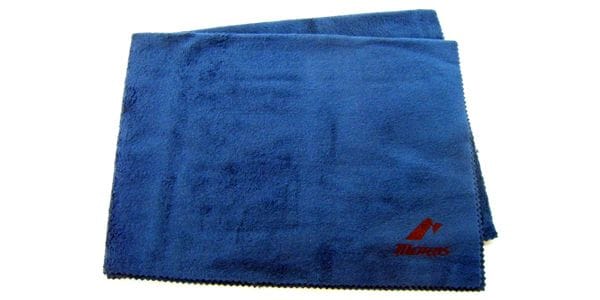
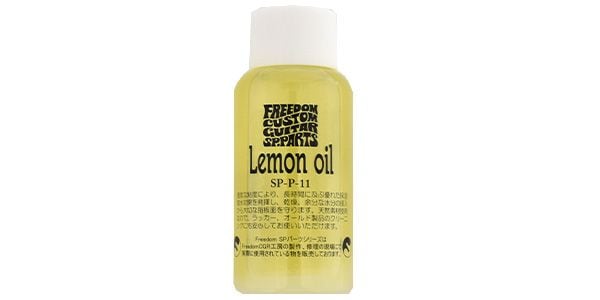
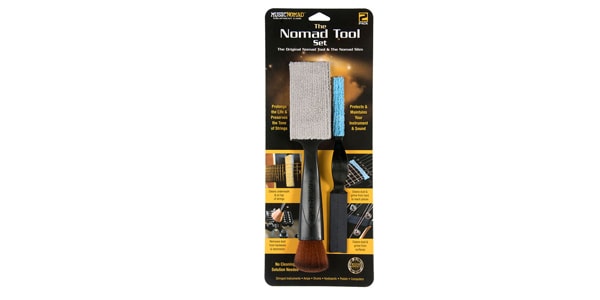
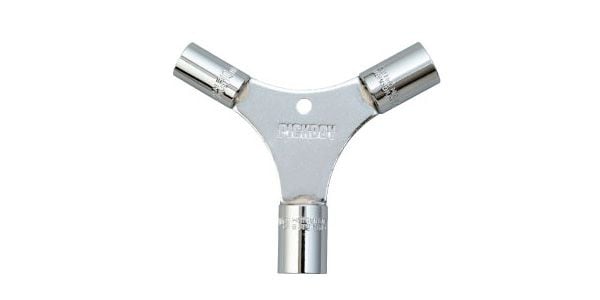
![Montreux / Hex Wrench 1/20 [8405] (Inch)](https://www.soundhouse.co.jp/images/shop/prod_img/m/motreux_8405a.jpg)
![Montreux / Hex Wrench 1.5mm [8398] (Metric)](https://www.soundhouse.co.jp/images/shop/prod_img/m/motreux_8398a.jpg)
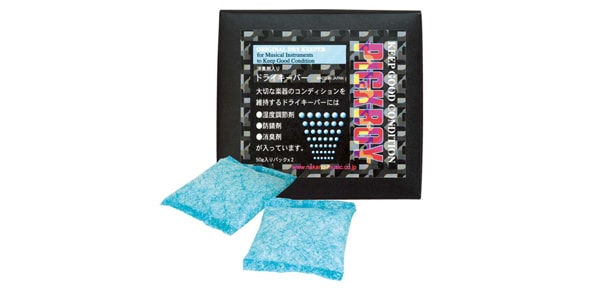
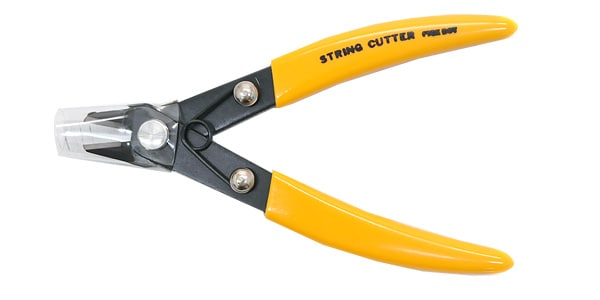
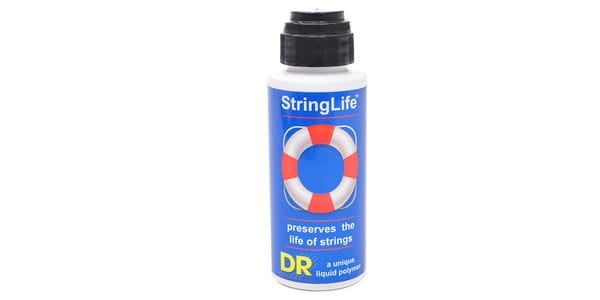
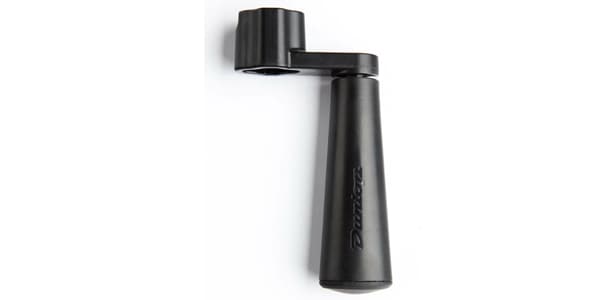




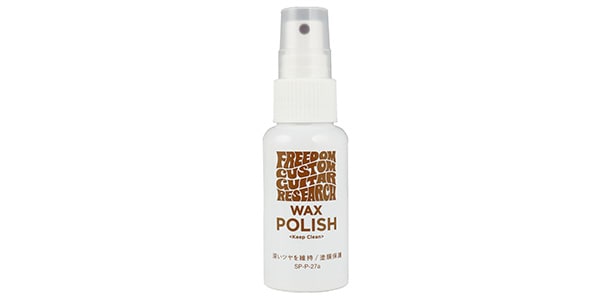

















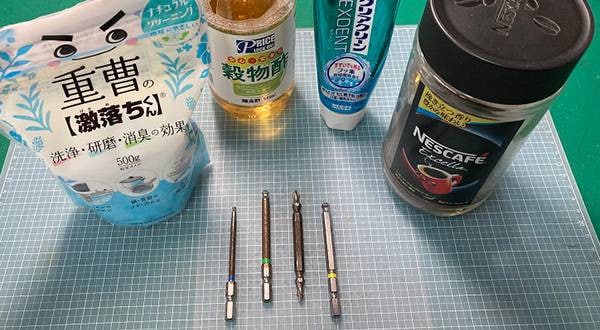

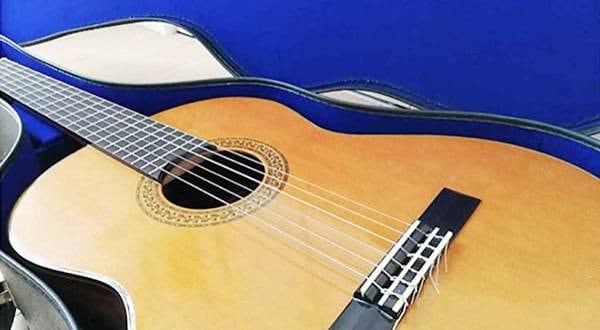

 ベース弦の張り替え方法
ベース弦の張り替え方法
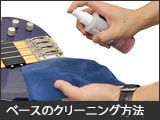 ベースのクリーニング方法
ベースのクリーニング方法
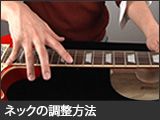 ネックの調整方法
ネックの調整方法
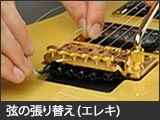 弦の張り替え(エレキギター)
弦の張り替え(エレキギター)
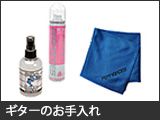 ギターのお手入れ
ギターのお手入れ
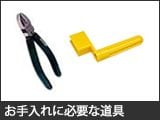 お手入れに必要な道具
お手入れに必要な道具















